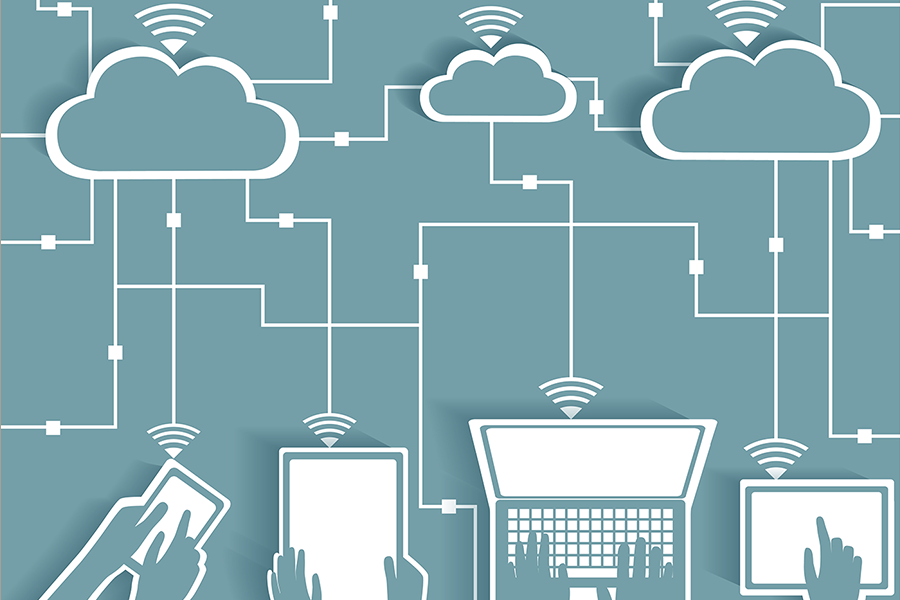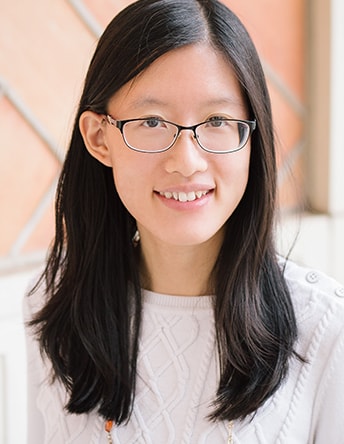
Down to Earth: Joe-Wong Earns NSF Award To Bring Data Processing Out of the Cloud
Carnegie Mellon University's Carlee Joe-Wong is working to ground the economic foundations for the next generation of computing by harnessing devices included in the Internet of Things rather than using a centralized entity such as the cloud.
Joe-Wong, an assistant professor in the Department of Electrical and Computer Engineering, received a Faculty Early Career Development (CAREER) Award from the National Science Foundation to create an architecture for pricing usage of devices in the IoT that other innovators and companies can respond to and utilize.

Carlee Joe-Wong
"Figuring out how to price mobile networks is still an open question," Joe-Wong said.
Some of the possible options could include: a flat-fee plans that allow customers "unlimited" access or using data-capped plans that require monthly payment for a specific amount of use, such as only five GB for a monthly cellular data plan.
"My proposed work posits that, in the future, access to mobile networks will be sold in bundles, the devices accessing combined plans on other networks," Joe-Wong said.
A customer would pay for a plan sharing, for instance, mobile with Wi-Fi networks. Joe-Wong points out that this network access strategy has precedent.
"AT&T sells bundled access to cellular and Wi-Fi networks, and Google Fi aggregates Sprint, T-Mobile and US Cellular networks with Wi-Fi."
But network users need different things of their plans, depending on their devices. IoT devices, from smart refrigerators to security cameras, require different arrays of data to use with their hardware and software. Joe-Wong's proposal makes room for these realities. She proposes two forms of pricing: "simple, flat-rate plans aggregating access to multiple networks, and more dynamic plans where users bid for access on different networks according to their needs."
As the IoT develops, innovation and consumer interest could be determined by commercial pricing. Joe-Wong wants to investigate these models' viability and if they disproportionately benefit certain types of users.
She said that new pricings also may spur development or take advantage of existing technology. One scenario she proposed is that a user finds it far easier to run machine learning software across multiple devices. Something like an aggregated data plan could make this possible.
Joe-Wong said she is contemplating how her work could apply to the industry in the short term.
"Service providers might apply my findings to determine how to price access to mobile and computing networks for IoT applications," she said.
Regardless, she may just lay the groundwork for future pricing strategies and how IoT devices might integrate more into daily lives.